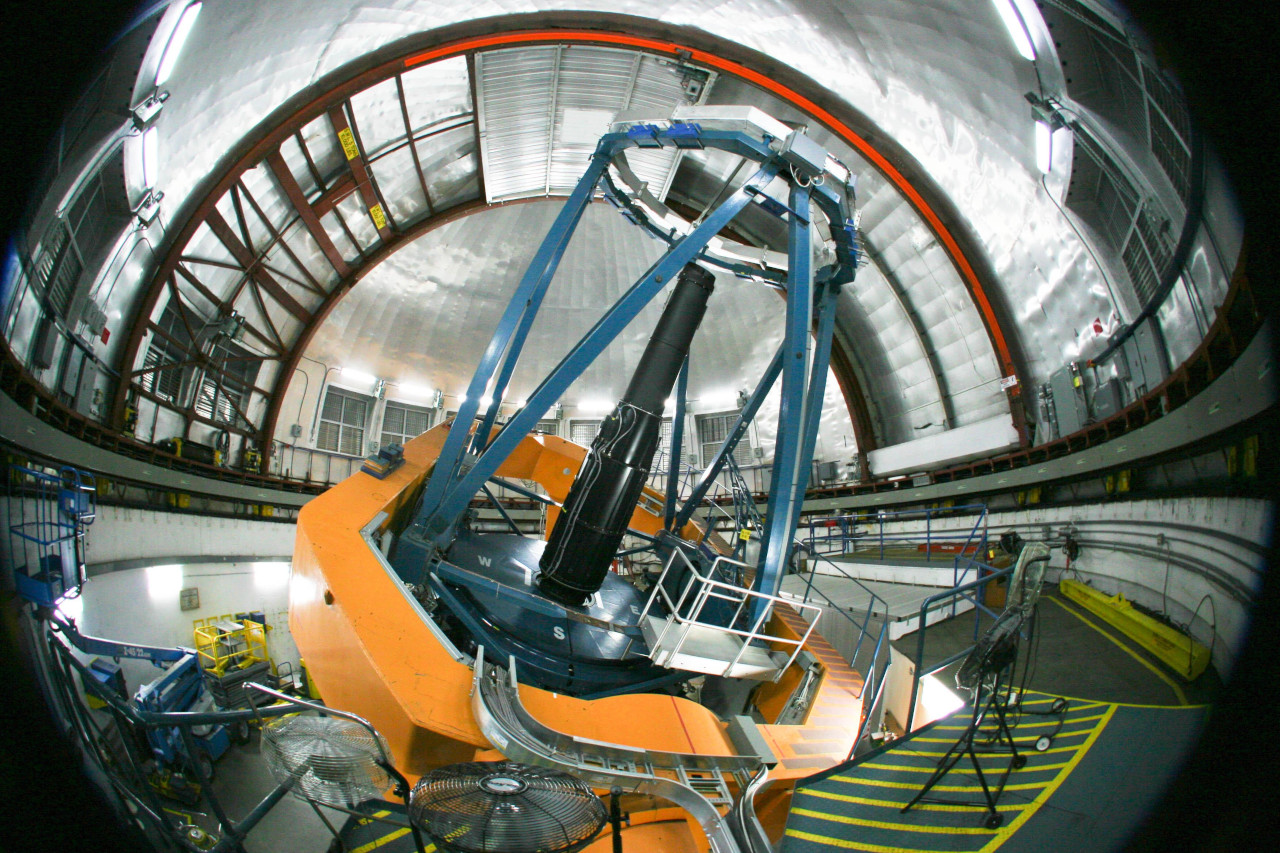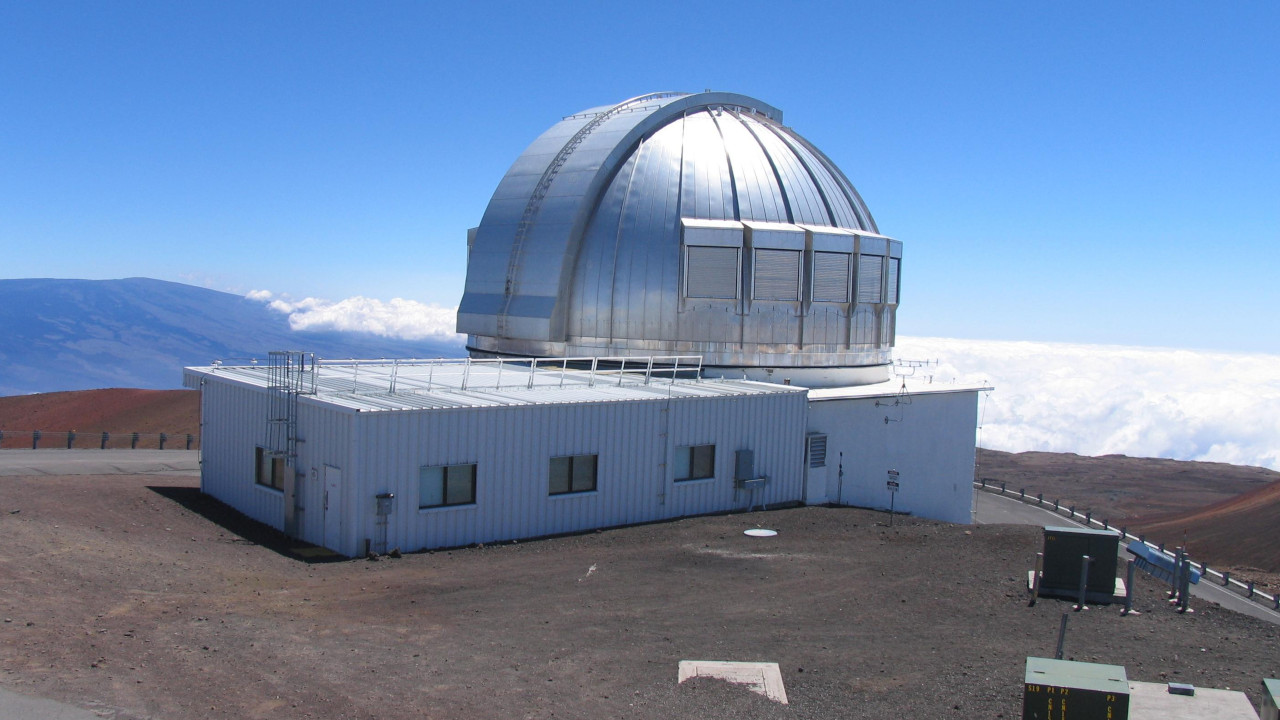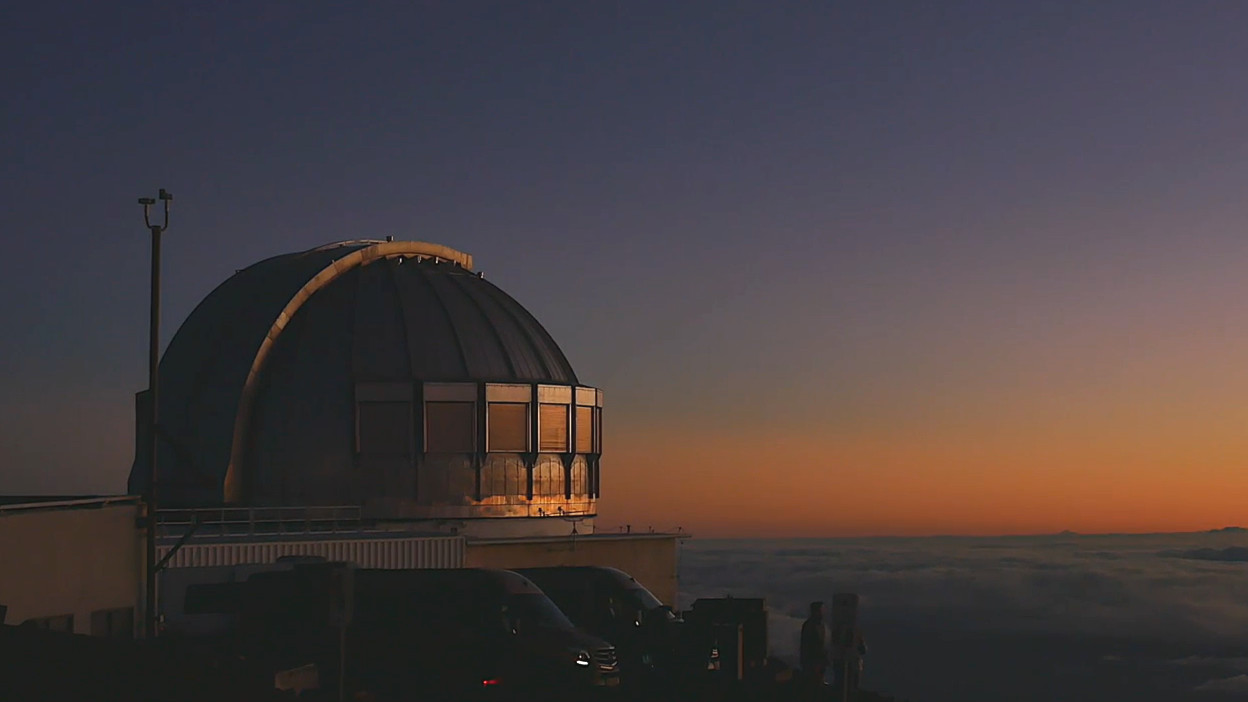(BIVN) – A third observatory will be removed from the summit of Maunakea.
The University of Hawaiʻi Institute for Astronomy (IfA) is officially initiating the decommissioning process for the UH-owned UKIRT telescope, formerly known as the United Kingdom Infrared Telescope. The university made the announcement in a Friday news release.
The two previous decommissioned observatories are the Caltech Submillimeter Observatory and UH Hilo Hōkū Keʻa Observatory. Both facilities were completely removed by 2024.
“I am glad to see us making progress on our commitment to decommission another facility on the mauna,” said UH Hilo Chancellor Bonnie Irwin. “Just as importantly, we do this work with the full awareness of the cultural and environmental significance of this place.”
From the University of Hawaiʻi:
The UKIRT decommissioning will be done in close coordination with UH Hilo Center for Maunakea Stewardship (CMS). As with the CSO and Hōkū Keʻa projects, CMS will consult with the Maunakea Stewardship and Oversight Authority (MKSOA) and engage the Hawaiʻi Island community throughout the process.
“This is a deeply meaningful process for UH and the broader community,” said Greg Chun, executive director of CMS. “Decommissioning is more than physical removal, it’s about honoring our commitments, restoring the ʻāina (land), and engaging with cultural and community voices every step of the way.”
The process will begin with the submission of a Notice of Intent (NOI) to decommission followed by a request for proposals. The selected company will be required to coordinate closely with CMS and follow the Decommissioning Plan for the Maunakea Observatories. On-site work to remove the telescope will begin once the planning, permitting and consultation processes are complete.
The CSO and Hōkū Keʻa decommissionings set a precedent for enhancing the cultural sensitivity of those working on large construction projects on the mauna. Crews underwent cultural training, and Native Hawaiian protocol was carefully integrated into each stage of the process, from deconstruction to restoration.
“Earlier this year, I had the privilege of visiting the mauna and witnessing the outstanding work CMS has done to successfully oversee the decommissioning of the first two observatories,” said UH President Wendy Hensel. “What strikes me most is the CMS team’s deep sense of responsibility to carrying out UH’s commitments and ensuring this process is conducted responsibly, with great care and respect for this special place.”

UKIRT helped establish Hawaiʻi as a global center for astronomical research, photo courtesy the University of Hawaiʻi
UKIRT’s storied history
The UKIRT Observatory began operations in 1979 and was originally built and operated by the United Kingdom’s science agencies. Over the decades, it has contributed to significant scientific advancements and helped establish Hawaiʻi as a global center for astronomical research. UKIRT is especially known for extending infrared survey imaging to unprecedented depths and coverage.
In 2014, ownership of the observatory was transferred to IfA after the UK ended its funding for the facility. In recent years, the U.S. Naval Observatory (USNO) became the principal sponsor of UKIRT operations, enabling an all-sky infrared survey that has supported a wide range of astrophysical research and enhanced the Celestial Reference Frame, a critical system used for global positional measurements, including GPS.
“It was decided that the decommissioning process would begin once the all-sky survey is complete,” said Doug Simons, director at IfA. “I am deeply grateful for the USNO’s support in recent years. Right up to the end, UKIRT remained highly productive and will leave a lasting scientific legacy.”
UKIRT will continue its scientific work during the initial stages of the decommissioning process, including the required environment studies, permits, and community consultations needed before site work can begin.



by Big Island Video News9:21 am
on at
STORY SUMMARY
MAUNAKEA, Hawaiʻi - The UH-owned UKIRT telescope on Maunakea, formerly known as the United Kingdom Infrared Telescope, will be removed from the summit.